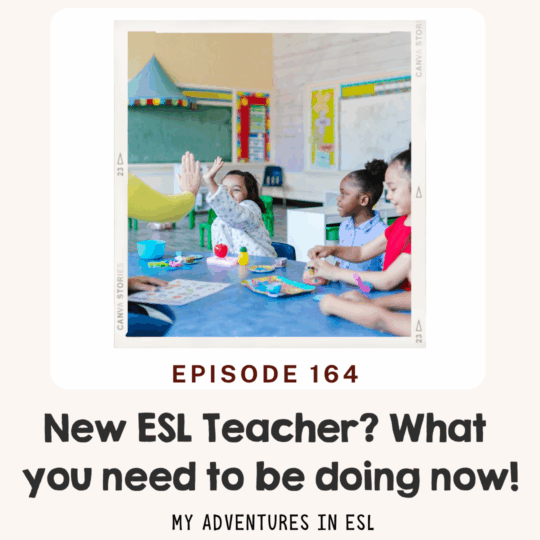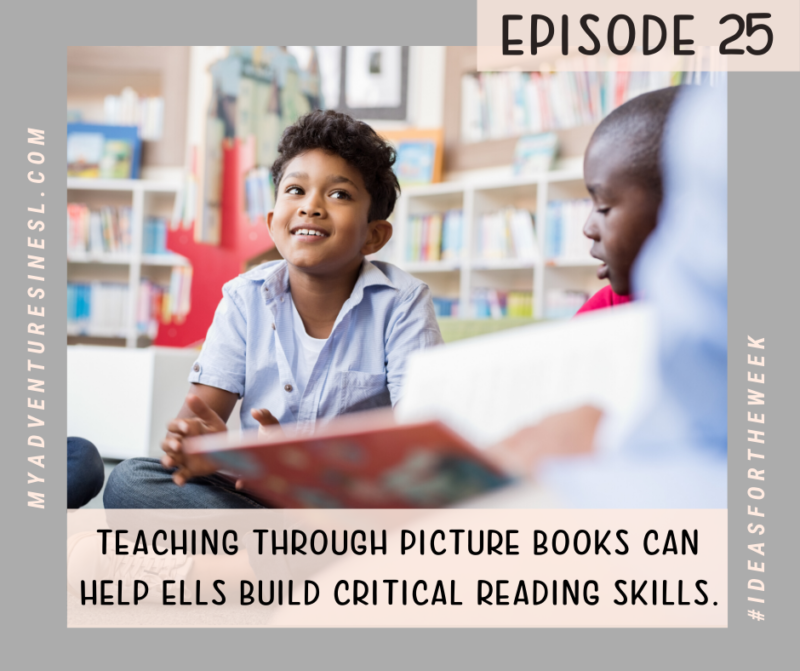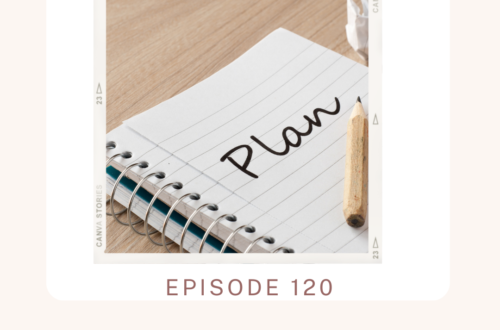
Ep. 164 New ESL Teacher? What You Need To Be Doing Now
Welcome educators! Before we get started, I want to share the amazing resources I have available.
To learn more and download some engaging resources, go to myadventuresinesl.com/store.
I just want to remind you that the work you do as an ESL teacher truly matters. You are creating a safe, supportive space where language learners can grow, take risks, and find their voice. Whether you’re prepping a little each week or just thinking ahead for now, you’re already making a difference. Be kind to yourself, take breaks when you need them, and remember: you don’t have to have it all figured out to be an incredible teacher. 💛
The goal of today’s episode is to let new ESL teachers know what they can be doing right now to prepare for the upcoming school year.
Last summer, I had every intention of getting ahead on lesson planning. I told myself, “This is the summer I’ll get organized and start strong.” But then… life happened. I traveled a lot, worked on other projects, and procrastinated a little, too.
Before I knew it, August rolled around, and I stared at the calendar, realizing I had done very little to prepare for the school year. And let me tell you—I felt the stress. I was scrambling to pull together materials, routines, and lessons at the very last minute, and it made the start of the year more chaotic than it needed to be.
Looking back, I realized I didn’t need to plan the whole year—I just needed to do something. A few simple routines, some ready-to-go materials, and a bit of prep would’ve made such a difference.
That’s why this year, I’m all about planning in chunks. It’s okay to rest and enjoy your summer, but if you can carve out even just a little time here and there, your future self will thank you big time when the school year begins.
Why is preparing for the new year important as a new ESL teacher?
Starting your first year as an ESL teacher can feel overwhelming—there’s so much to learn, so many unknowns, and often, not a lot of clear direction. You are also responsible for creating a lot of the structure in your classrooms. That’s exactly why summer is such a valuable window of time, since you are not juggling all the responsibilities you will have in the fall.
You can take small steps over the summer to prepare for the upcoming school year. For example, creating a few core routines, prepping go-to visuals for stations, or planning a couple of the first lessons. Doing this helps reduce that panicked, last-minute feeling once the school year begins. More importantly, it creates the space to focus on what matters most: building relationships with your students and responding to their language needs.
By planning in small, low-pressure chunks, you can begin laying the foundation for the upcoming school year. You don’t have everything figured out in the summer. The goal is to have just enough done so that you can breathe easier about the upcoming school year.
Let’s jump into some action steps you can take now.
Get Familiar with Your Students’ Needs
Getting familiar with your students’ needs is simple yet effective. The plus is that you can easily do this over the summer. One effective way is to assess the students’ spring language proficiency scores. This will be a great opportunity to analyze the data and pinpoint some focus areas. This will give you the tools to start brainstorming, grouping, and lesson-planning for your students.
Start Building Your ESL Toolkit
Building your very own ESL Toolkit for your classroom will help you get off to a compelling start at the beginning of the school year. Here are some items you can include in your toolkit:
- Reusable sentence frames for writing and speaking. I just purchased some blank sentence strips that I plan on laminating.
- Graphic organizers that you plan on using throughout the year. These can be your most commonly used ones. For example, a go-to for me is the paragraph builder graphic organizer that walks students through the essentials of a paragraph.
- Visual supports, such as visual direction cards. Visual Direction Cards have been such an asset in my learning centers. Since using them, I have noticed a huge increase in independence with the students.
Before we jump back in, I want to take a quick moment to tell you about something that can truly change your summer planning game…
If you’ve ever felt overwhelmed trying to figure out what to do first, how to get organized, or how to confidently walk into the school year with a plan, you are not alone. That’s exactly why I created The ESL Teacher Master Plan.
This self-paced course walks you step-by-step through how to plan and prepare for the upcoming school year as an ESL teacher. From setting up your classroom systems to creating lessons that work across language levels, it’s all in there—broken down into simple, actionable steps.
So if you’re ready to feel calm, clear, and excited to start the year, head to My Adventures in ESL to check out The ESL Teacher Master Plan Wait List. I’d love to support you this summer!
Alright—let’s get back into it.
Plan for the First Two Weeks
When you are planning for the first two weeks of school, keep it simple. Include getting to know your activities, opportunities for relationship building, and keep everything structured. You should also include in your plans the routines you will model and teach to the students.
Planning for the first two weeks can also look like you are preparing welcome letters to send home to parents, setting up your class social media accounts, and creating a newsletter to send home to parents.
Before you head off, I want you to take one small step to get your ESL year started strong. Think about your toolkit, the first two weeks, or your students’ needs. Then, take a small action. Maybe it’s printing out some vocabulary cards, grabbing a graphic organizer, or saving a few sentence frames.
To make it easy, I’ve linked one of my favorite resources for getting started: Yearly Curriculum Map for Language. It’s perfect for building out your ESL toolkit with ready-to-use materials that support your students in all four language domains.
You can grab it right now using the link in the show notes. And remember—you don’t have to do it all this summer. Just one step at a time, and you’ll be amazed at how much easier your year will feel. You’ve got this!



